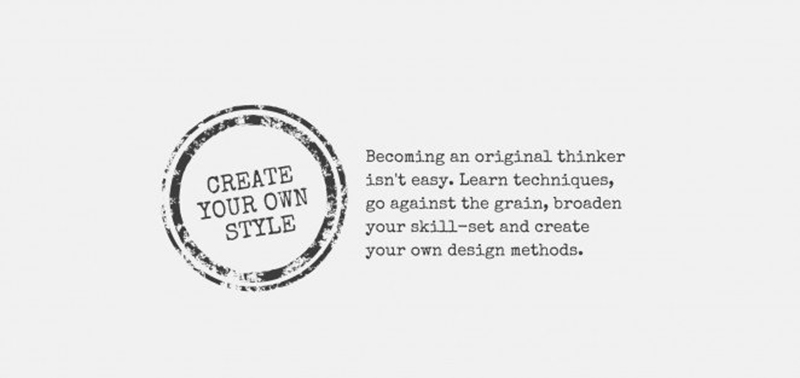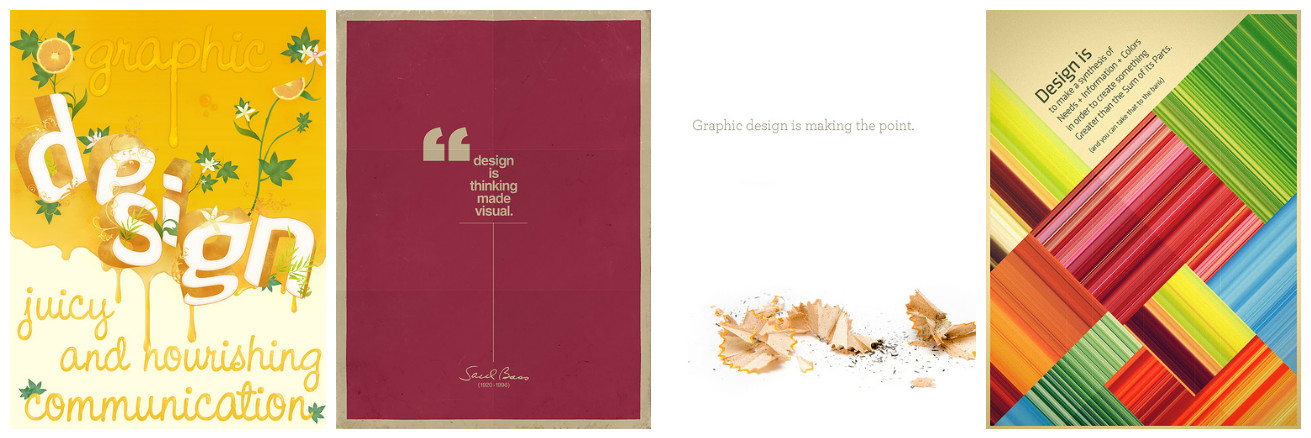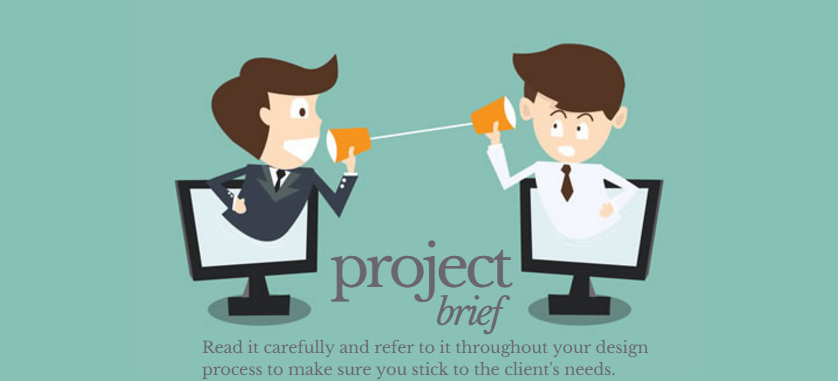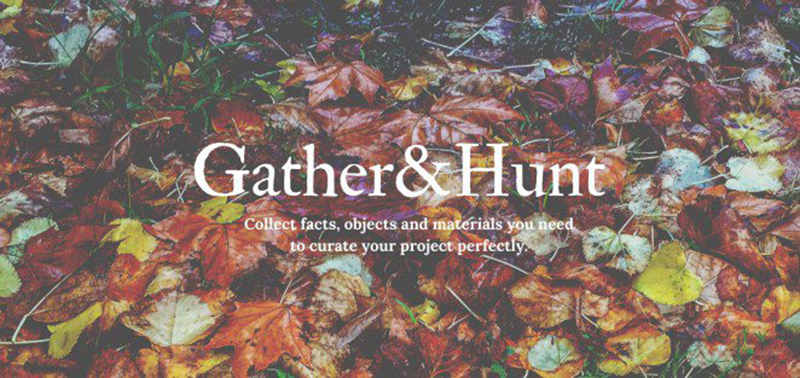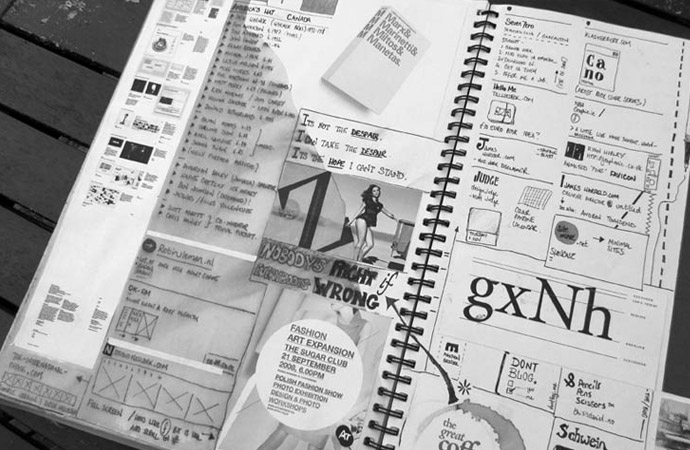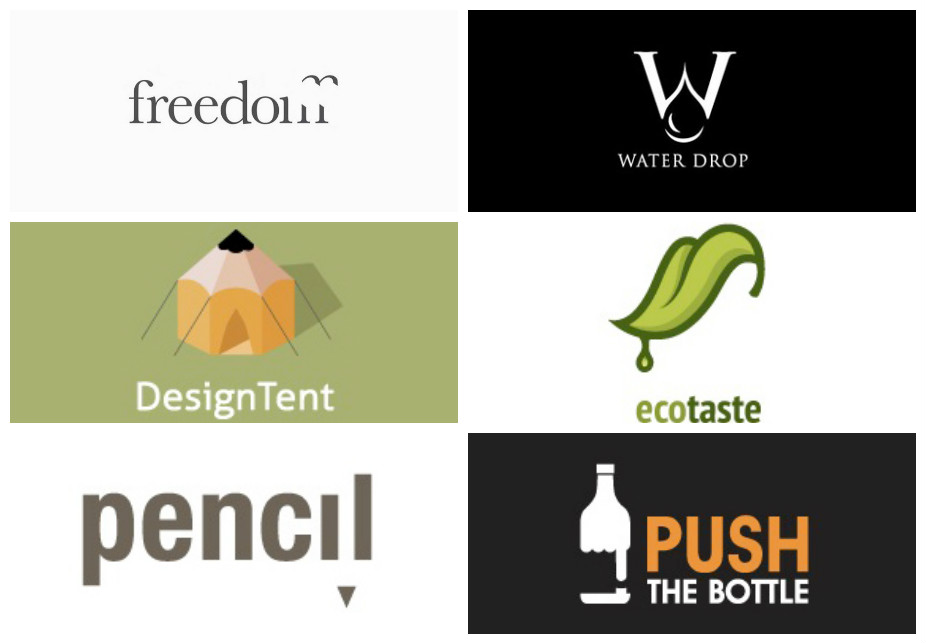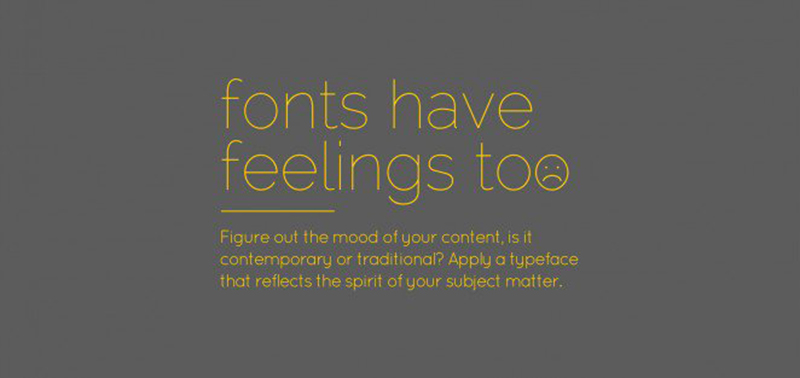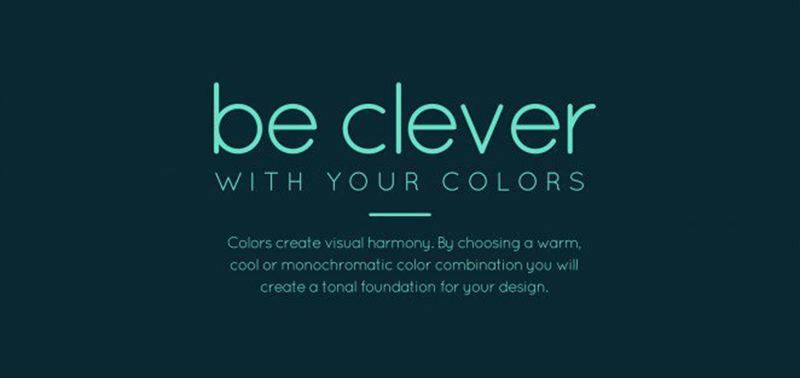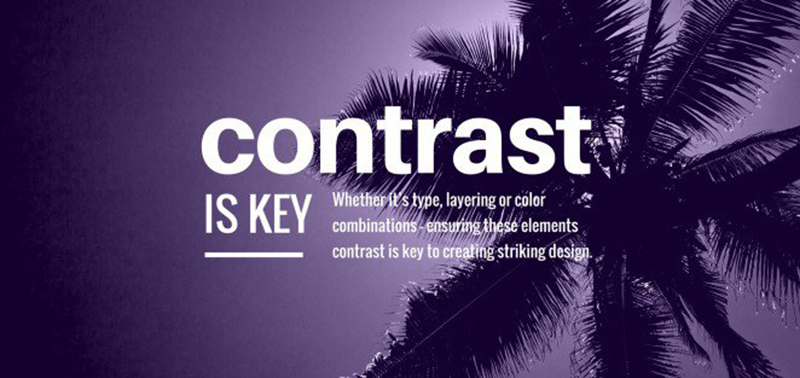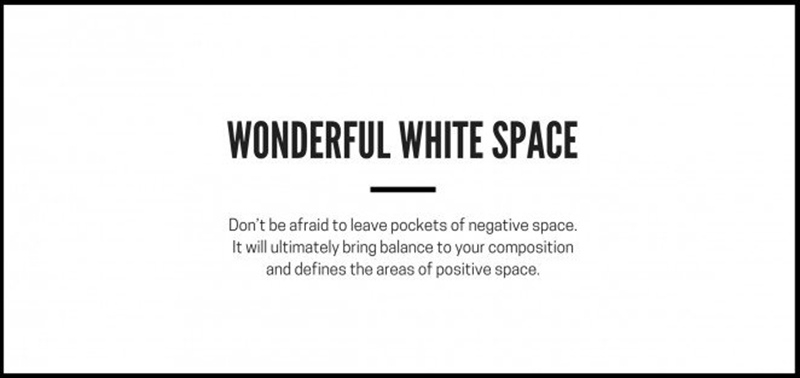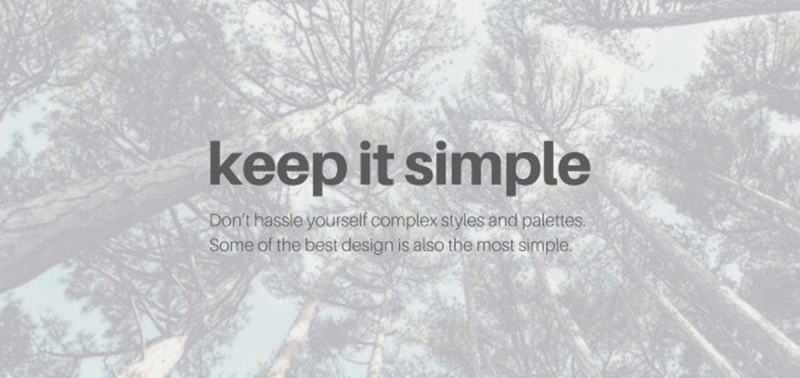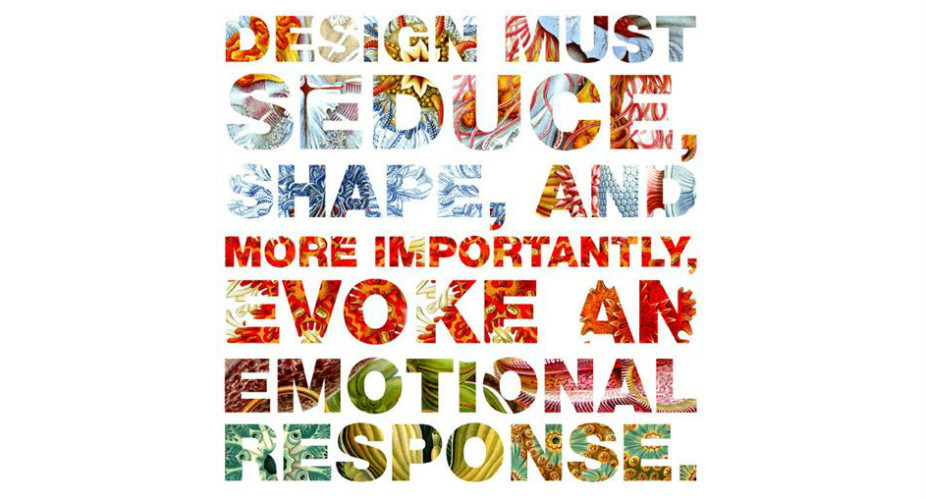One of the things they don’t teach you in art schools (aside from the fact that your diploma won’t land you a job), is that your road to success lies in finding your niche in the field. Instead of trying to accommodate every client and their specific needs, focus on yourself as a designer. Take a moment to consider that there are a thousand different approaches to design, and you cannot master all of them. What you can do, is adapt new ways to improve.
It starts with finding your niche. What are your passions? Can you take your passions and translate it into your designs to develop a unique style? There is no need to rush with the answer now. You have to dream, and you have to explore. With enough time, experience and effort, you will find your unique place in the industry.Â
For now, you can consider and adapt some of these tips that will help you become a better designer.Â
1. Don’t just decorate – communicate
This is the first and most important skill you need to master. As a designer, you communicate your ideas through manipulating words and images. Remember, your ideas are worth just as much as your skills!Â
2. Always refer to your project brief
Take your time to read the project brief (several times). Make sure you understand what your client needs and wants. Sometimes this means reading between the lines to grasp the idea. Every project and design brief calls for an individual approach.Â
Show your clients you understand their brief.
3. Do your research
Take the initiative to learn more about your client’s business, or their project. Researching will help you generate more ideas which will lead to better designs. Yes, it can be time consuming, but it is also essential.Â
4. Get your sketchbook out
After you have gone over the brief, don’t jump at your computer and start designing! Refer to the classing pen and paper to put your thoughts on paper. Write, sketch, make drawings. If you don’t include this as a part of your process, you’re not willing to grow as a designer. When you start designing right away, you’re limiting your creativity to that one design idea that popped into your head.Â
5. Focus on meaning
Place your values on the conceptual ideas over beautiful design. For example, it is not enough to learn to make a certain effect and implement it in all of your designs. A good designer will be able to explain the reasoning behind every design element used. If there is no concept, message, no idea, no story behind a design, it is not graphic design. Or it is, but its generic.
SEE ALSO: Are you a generic designer?Â
6. Be expressive with typography
Take advantage of the many resources at your disposal. Your choice of font can make or break your design. It’s important to understand and learn how to choose the right fonts for the right occasion. The font that you do choose must be expressive of your overall message to some extent.Â
Get into the anatomy of typopgraphy!
7. Play with colors
Don’t just randomly pick colors. You need to know a bit about color psychology and effects colors have on your audience when combined together. It is another way of conveying meaning. You can be bold, or you can be subtle. Every color has an association with your audience.Â
Here is a good resource: Color Theory For Designers: The Meaning of Color
8. Use the power of contrast
Contrast in your designs will help you visually categorize information. Contrast refers not only to colors but also the contrast in size, alignment and type. On a design without contrast, the audience doesn’t know where to look first. Guide your audience, show them the most important information by making your page visually interesting and versatile.Â
9. Don’t invade the negative space
Many graphic designers claim that the negative space in a design is more important than the information on it. This may be true, mainly because a page that lacks negative space and is filled with visual content will push people away. This ties into the previous point; choose your focal points wisely and use negative space to aid your audience. Don’t just fill up the page.
10. Simplify
If you can do it with less, do it! Sometimes it’s a good idea to take a step back from your work, focus on something else or simply go for a walk. When  you return to your design, evaluate it from a fresh perspective. It’s easy to add to a design, but having a good editor’s eye is a lesson you have to learn.
The only way you will learn is from your experience. Keep doing what you do best, learn from other great designers and their advice. Stay organised about your work because good documentation of your past projects will illustrate your growth as a designer.
These pointers are general guidelines to help you consider new approaches to your design process. Hopefully, they will inspire you to become a better designer. Always be open to new opportunities and challenges and keep these tips in mind.Â
If you have other tips or suggestions for your fellow designers, leave your comments in the comments section below.

